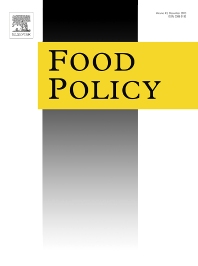This past weekend, New York Times columnist Nicholas Kristof caused an uproar among academic bloggers when he published an op-ed titled “Professors, We Need You!,” in which he decried a supposed generalized lack of public engagement among academics. The response from those academics who are on social media was “Just because you don’t read us doesn’t mean we’re not here.”
I don’t want to add to my publicly engaged colleagues’ outrage regarding this last Kristof crisis beyond the fact that in my job, my social media engagement (insofar as it relates to my research and teaching, of course) counts as “outreach,” which is a distinct portion of our annual review, so maybe Kristof should look to land grant institutions for solace: Just on my part of the University of Minnesota campus, my colleague Jonathan Foley finds time to be publicly engaged, even though I’m sure being director of the Institute on the Environment (on top of his own research, teaching, and other committee responsibilities) keeps him very busy.
I did want to comment, however, on how this should not have surprised anyone in light of past experience.
